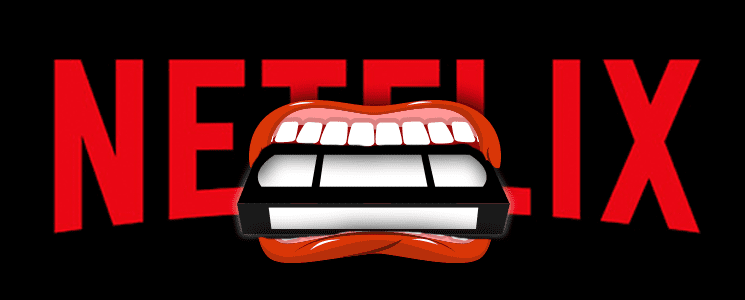The Netflix Effect
The world of technology often seems like the fallout from Sherman’s march to the sea where old technologies are left smoldering in ashes in the wake of the latest and greatest. We might even call this the Netflix effect. After all, not many people choose VHS as their primary medium for watching movies these days. Heck, even DVDs and Blu-Ray discs are giving way to streaming services.
It’s worth noting that “Netflix effect” is carefully chosen to describe this phenomenon because it is a cloud-based service. When focusing on business communications, as more and more channels find a home in the cloud there’s a natural tendency to see what’s being left behind.
Customer Experience Matters
While most people default to the web as their go-to channel to get stuff done when interacting with any business, it’s by no means the only one people use. Preference matters, and you can’t really argue that people prefer the web. But at the same time, preference doesn’t also mean exclusivity.
This is the reason that multi- and omni-channel solutions exist. These approaches come with their own challenges though. It’s one thing to optimize a single channel for great customer experience, but nowadays customers expect that things will be uniform regardless of the channel they use.
The nice thing about having communications in the cloud is that it makes integration a lot easier.
Why Voice Is Here To Stay
If over a century of sustainability isn’t proof enough, there are other reasons why voice continues to be an important piece of the business communications puzzle.
We’ve touched on this idea before, but an effective voice channel replicates the web experience over the phone. Of course, there’s a difference between a visual and an aural channel, but that doesn’t mean providing a great customer experience over the phone is impossible.
Actually, the evolution of cloud-based telephony solutions, like Plum Fuse, makes it easier than ever to achieve this type of balance. Voice also has a number of advantages in terms of reliability and accessibility. When it comes to communications, businesses need reliable solutions and voice offers them that.
At a time when most channels require end users to have internet access, voice doesn’t. This provides businesses with a critical safety net for customers in situations that require fast service, but lack internet access. And precisely because it’s possible to emulate the web experience over the phone, voice remains a critical communications and customer service channel.
Customer self-service over the phone is also a very cost-effective support channel. If self-service doesn’t meet a customer’s needs, however, and they need to speak to a customer service representative, there is no better channel to deliver a seamless transition to live, real-time support.

